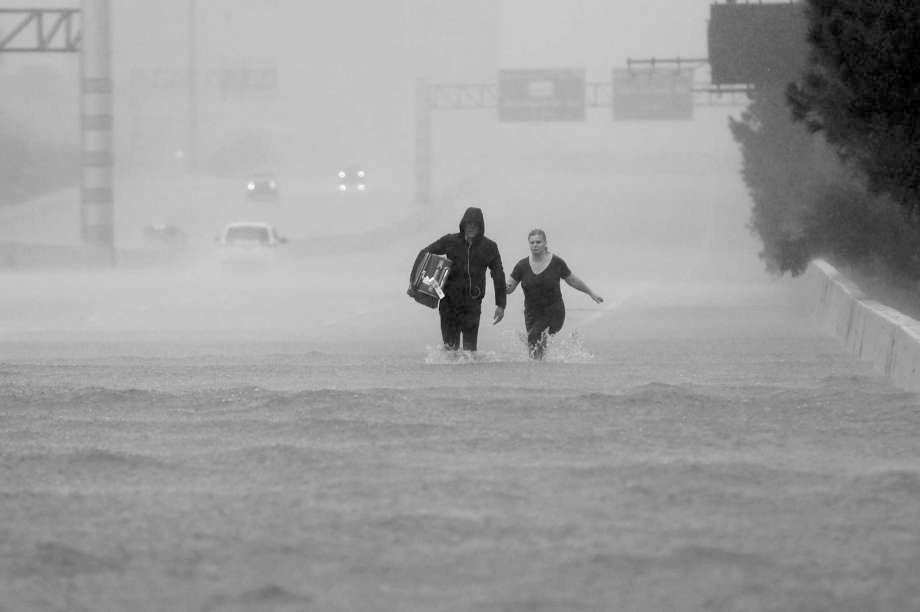170
HOUSTON — Officials released more water from Houston-area reservoirs overwhelmed by Harvey early Monday in a move aimed at protecting the city's downtown from devastating floods but that could still endanger thousands of homes, even as the nation's
Officials act to protect downtown Houston from floods
previous post



